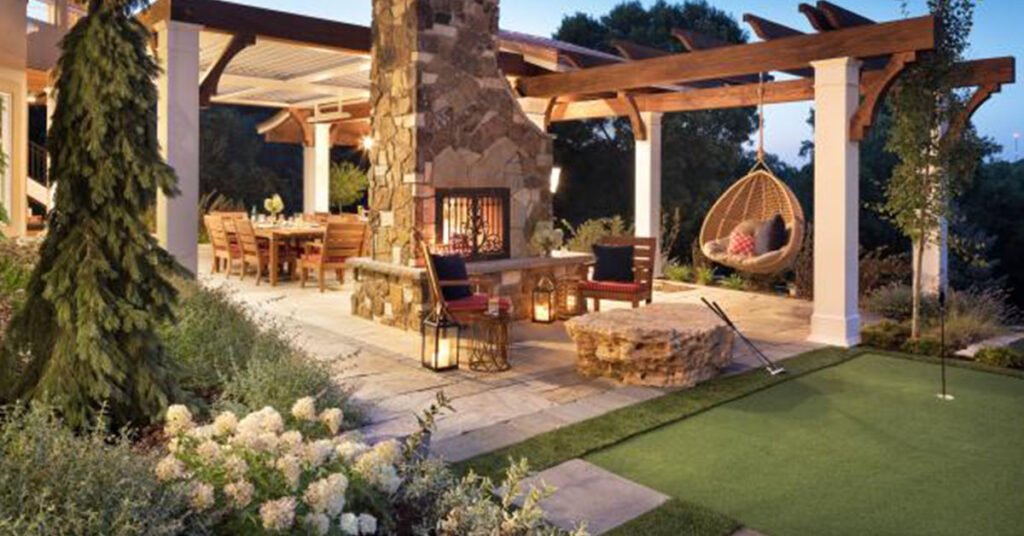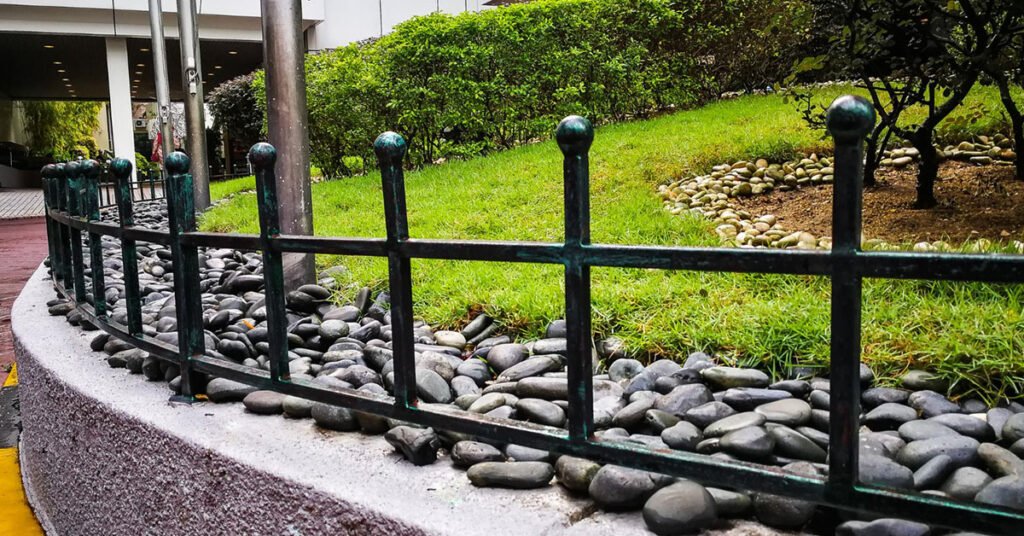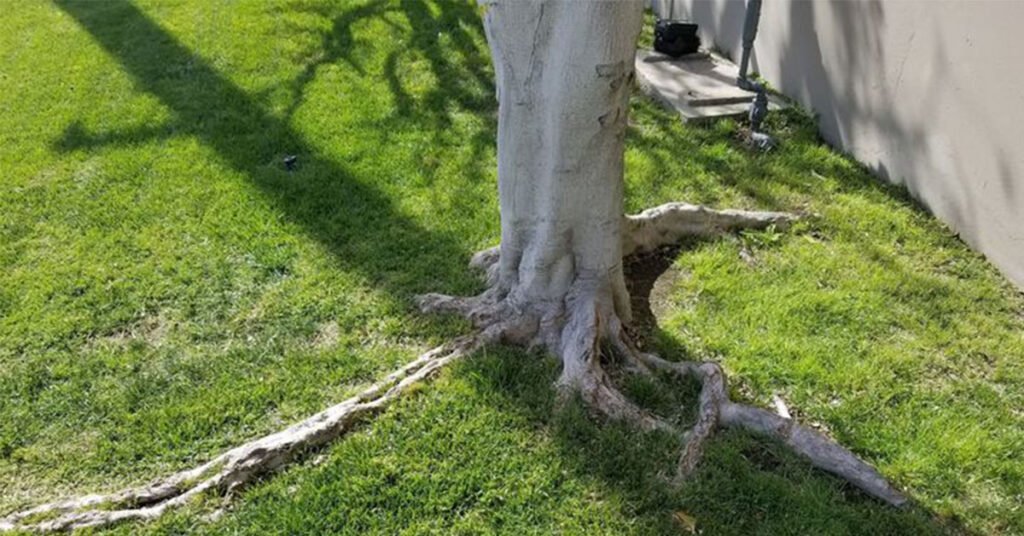Creating a beautiful and functional patio area is a vital skill for anyone entering the landscaping industry. Whether you’re designing for residential or commercial clients, mastering the art of landscaping around a patio can set you apart in this competitive field. This comprehensive guide will walk you through essential steps of how to landscape around a patio. Let’s get started.
How to Landscape Around a Patio
Landscaping around a patio is a crucial skill for aspiring landscaping professionals. It involves a combination of careful planning, plant selection, hardscaping, and maintenance. Here’s a step-by-step guide presented in a detailed paragraph style to help you master this essential aspect of landscaping.
Site Assessment
The first step in landscaping around a patio is conducting a thorough site assessment. This involves evaluating the soil quality, drainage, and sunlight exposure. Soil testing will help you determine the pH levels and nutrient content, guiding your choice of plants. Assessing the sunlight exposure is equally important, as it dictates which plants will thrive in different parts of the patio area—whether it’s full sun, partial shade, or full shade.
Proper drainage evaluation ensures that water does not pool around the patio, which can lead to erosion and damage. Understanding these foundational elements allows you to create a robust and sustainable landscape design.
Planning the Layout
Once you have assessed the site, the next step is to plan the layout of your patio landscape. This involves creating a detailed design that considers the functionality, flow, and balance of the space. Think about how the patio will be used—whether for entertaining guests, dining, or relaxation.
Ensure that there is a smooth flow around the patio, with well-placed pathways that facilitate easy movement. The layout should also achieve a sense of balance, which can be symmetrical or asymmetrical, depending on the style and preferences of the client. Using design software can help you create precise and professional plans that effectively communicate your vision.
Selecting Appropriate Plants
Choosing the right plants is essential for a successful patio landscape. Select plants that complement the patio’s style and thrive in the local climate. Incorporate a mix of perennials, annuals, shrubs, and trees to create a dynamic and visually appealing landscape.
Perennials provide long-lasting structure and color, while annuals add seasonal interest and variety. Shrubs and trees contribute height, shade, and privacy. Opting for native plants is often beneficial, as they are more resilient and require less maintenance. Carefully consider the size, color, and maintenance needs of each plant to ensure they fit harmoniously into the overall design.
Adding Hardscape Elements
Hardscaping elements are critical for enhancing the functionality and aesthetics of the patio area. Incorporate pathways made from materials such as stone, brick, or gravel to create inviting routes through the garden. Edging materials help define garden beds and walkways, adding a polished look to the landscape.
Retaining walls are useful for managing elevation changes and preventing soil erosion, particularly on sloped sites. Matching hardscape materials with the patio’s design ensures a cohesive and harmonious appearance. These elements not only add visual interest but also improve the usability of the patio space.
Installing Lighting
Proper lighting is essential for extending the usability of the patio into the evening and enhancing safety. A well-thought-out lighting plan should include ambient lighting for overall illumination, task lighting for specific activities like cooking or reading, and accent lighting to highlight features such as plants, water elements, or architectural details.
LED lights are a popular choice due to their energy efficiency and long lifespan. Strategically placed lighting can transform the patio into a magical and inviting space, allowing it to be enjoyed at all hours.
Incorporating Water Features
Water features add a soothing and tranquil element to the patio landscape. Consider installing decorative fountains, small ponds, or cascading waterfalls to create a focal point and enhance the sensory experience of the space.
Fountains can be both visually striking and calming, while ponds bring a touch of nature with aquatic plants and fish. Waterfalls provide a soothing soundscape that masks unwanted noise and adds a sense of serenity. Proper installation and regular maintenance are crucial to ensure that water features function smoothly and remain attractive over time.
Maintaining the Landscape
Ongoing maintenance is vital to keep the patio landscape looking its best. Establish a consistent watering schedule based on the specific needs of the plants. Regular pruning helps maintain plant health and shape, promoting vigorous growth.
Weeding is necessary to prevent unwanted plants from competing for nutrients and detracting from the aesthetic appeal. Using mulch can help retain soil moisture and suppress weeds, reducing maintenance efforts. A well-maintained landscape not only looks beautiful but also ensures the longevity and health of the plants and hardscape elements.
Read More: Is Mulch or Rock Better For Landscaping?
Conclusion
By following these steps, you can create a beautifully landscaped patio that enhances any outdoor space. Whether you’re designing for a residential backyard or a commercial property, mastering the art of patio landscaping will help you build a successful career in the landscaping industry.
Remember, each project is an opportunity to showcase your creativity and skills, so approach each one with care and attention to detail.



